Uses of Biofeedback
Clinical Applications
Biofeedback encompasses a range of procedures which can be integrated into a higher-level treatment concept for psychoeducational and training purposes.
The effectiveness and of client acceptance of Biofeedback methods are ducumented by a wealth of studies
In some of the areas listed below there are already tried and tested training procedures, in others the emphasis is still rather on research, than training.
In most cases various psychological parameters can be used with a given training picture.
Examples of areas in which Biofeedback can be used:
- Chronic back pain
- Tensoin headache and migraine
- Essential hypertension
- Somatoform disorders
- Anxiety disorders, compulsive disorders
- Chronic tinnitus
- Incontinence and constipation
- Asthma bronchiale
- Paralysis and other neurological disorders
- Sleep disorders
- Post traumatic stress disorder
- Fibromyalgia
- Temporo mandibular disorders and facial pain
- Epilepsy
Non-Clinical Uses
For the healthy user, Biofeedback also offers a wide range of ways to influence the vegetative nervous system, e.g. to alleviate the effects of stress and tension.
The general term for this area of use is Peak-Performance-Training.
But this is not only a product for athletes, or people with highly demanding jobs. The benefits are open to anyone of any age.
The principal aim of Biofeedback centers around an increase in flexibility in the interaction between the sympathetic and parasympathetic nervous systems, the central regulators of excited or calm physiological states. Biofeedback Training helps us to learn to react more flexibly to the demands of everyday life, process stress more effectively and use breaks more productively.
Uses in the improvement of cognitive performance include:
- Increasing the ability to relax
- Increasing stress tolerance
- Attention and concentration training
- Meditation
- Evaluation of relaxation techniques
- Improving perceptiveness and learning
Here is a very nice infographic from www.completehealthylife.com which illustrates the possibilities of Biofeedback.
Thanks to Marcus Clarke for providing it.
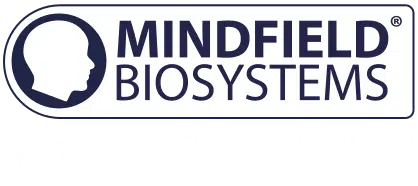










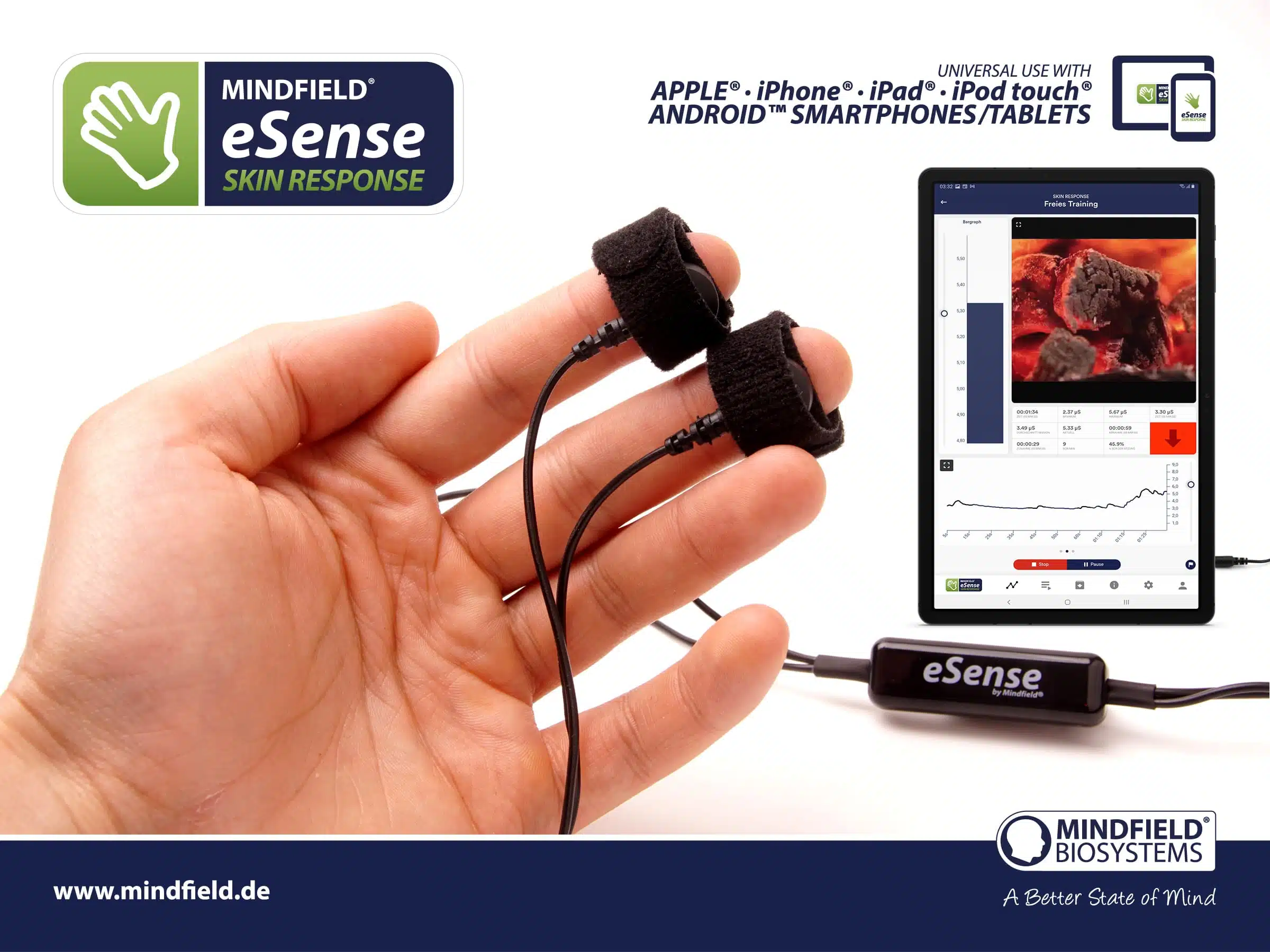 eSense Skin Response
eSense Skin Response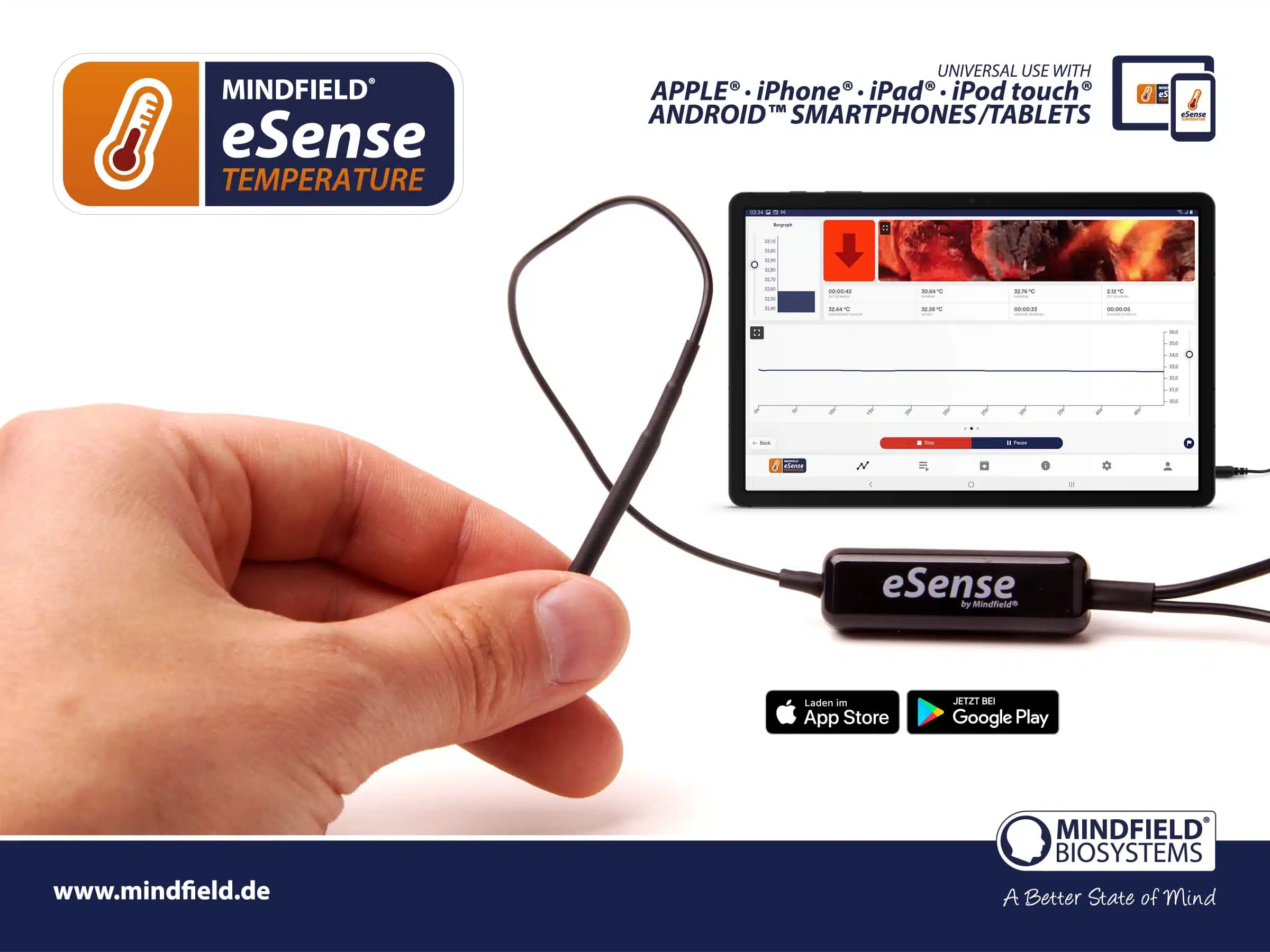 eSense Temperature
eSense Temperature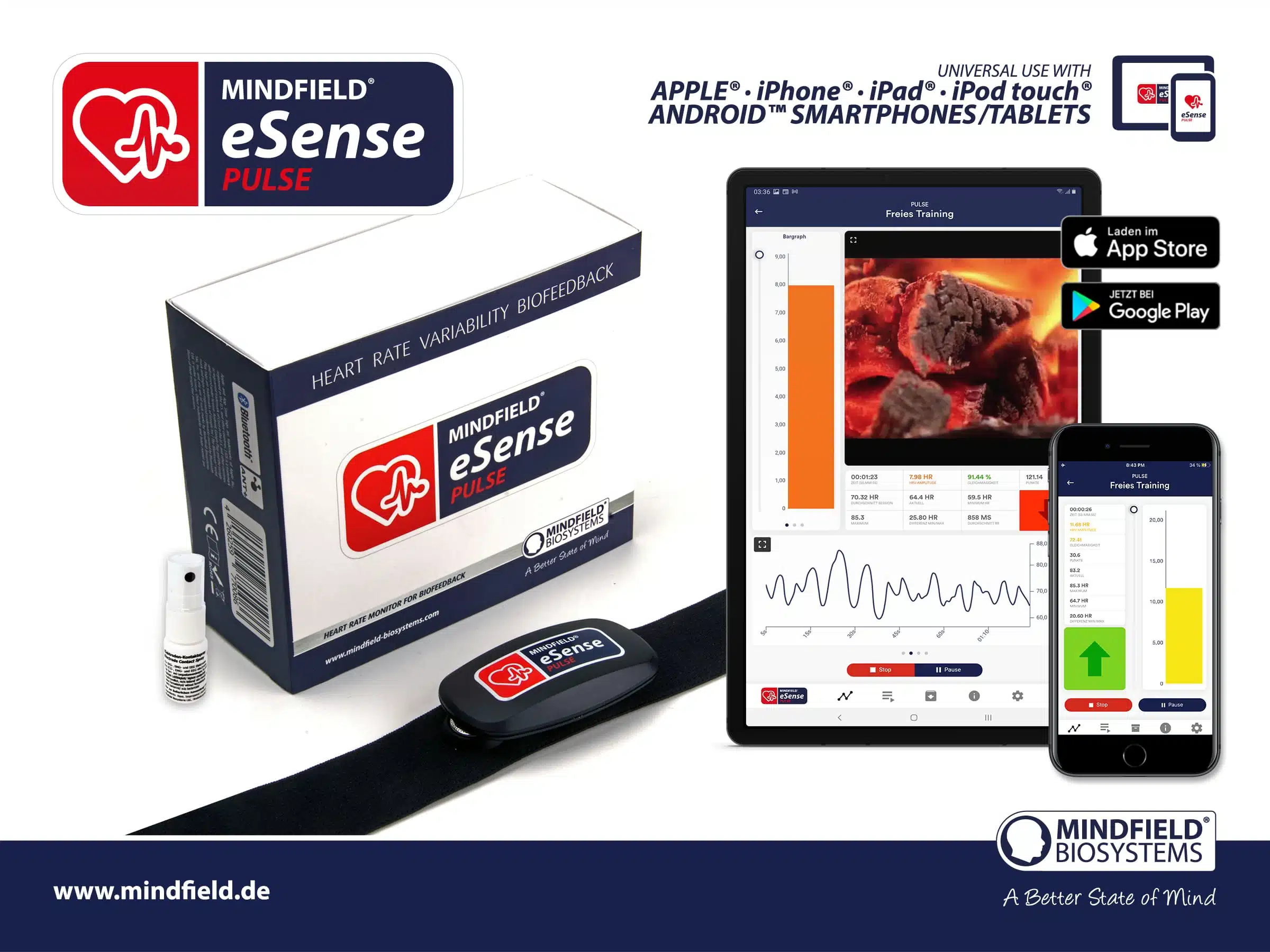 eSense Pulse
eSense Pulse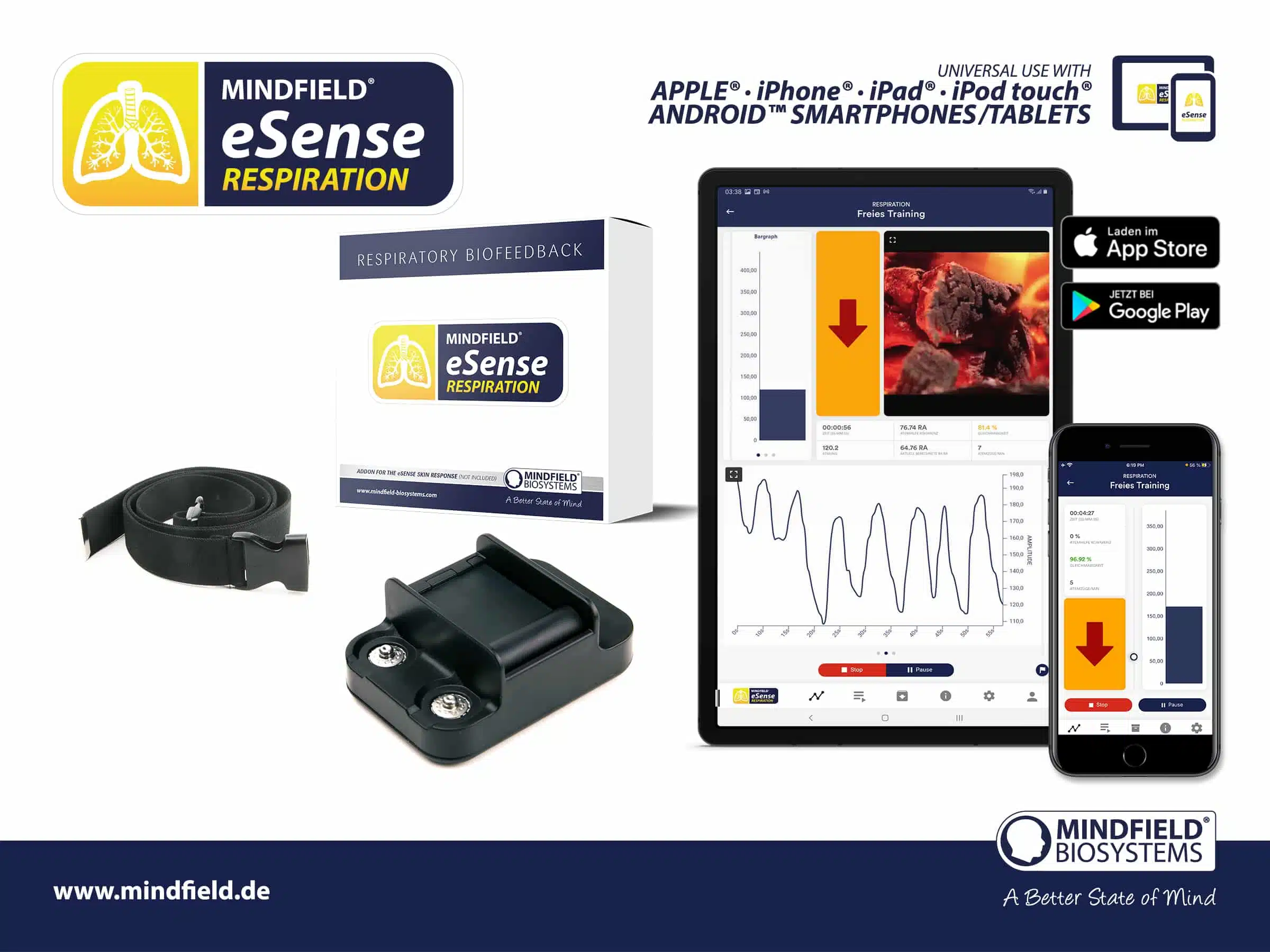 eSense Respiration
eSense Respiration